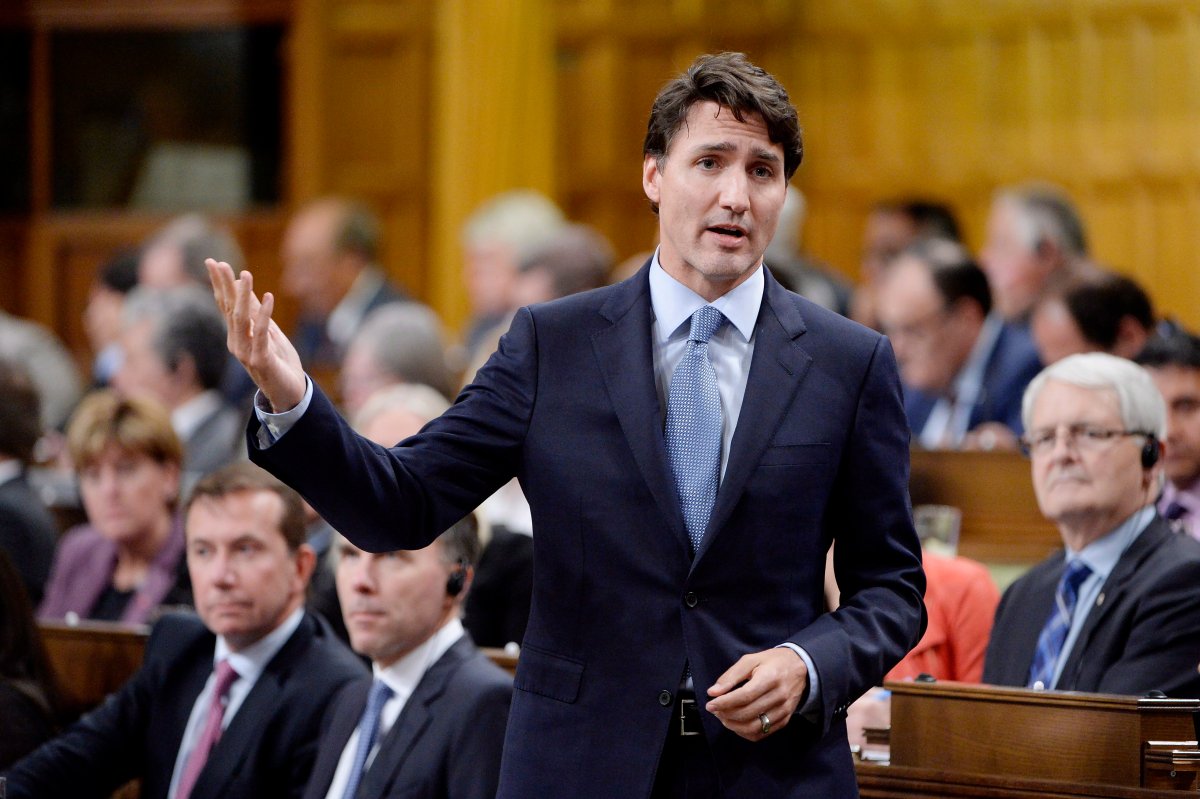The federal government ran a shortfall of $19 billion in the last fiscal year, virtually unchanged from the previous year, Ottawa’s annual financial report card shows.

The deficit for 2017-18 was slightly smaller than the federal government predicted in February’s budget.
However, the Finance Department’s fiscal monitor estimated in May the federal books would post a deficit of just $16.2 billion for last year.
To confuse matters, the government says it has changed the way it calculates its pension liability – a fix officials say has been at the top of the list for auditors for years. And that led to revisions of 10 years’ worth of budget numbers.
As a result, the slim surplus Conservatives left with much fanfare in 2014-15 is now noted as a small deficit.
Tax revenues rose year-over-year, but it was less a windfall than what officials described as a “new normal” after the Liberals created a new tax bracket for high-income earners. The Finance Department says there was a $9.9-billion increase in personal tax revenue from the previous year.
Beyond 2017-18, Morneau’s February budget predicted an $18.1-billion shortfall for this fiscal year – a number that’s expected to gradually shrink to $12.3 billion in 2022-23, including annual $3-billion cushions to offset risks.

Get daily National news
Following the 2015 election, the Liberal government abandoned campaign pledges to run annual deficits of no more than $10 billion and to balance the books in four years – by 2019.

Instead, Morneau has been focused on reducing the net debt-to-GDP ratio – also known as the debt burden – each year. After the pension-related revisions were taken into account, the debt ratio dropped to 31.3 per cent of GDP in 2017-18, from 32.0 per cent a year earlier.
The latest numbers for 2017-18 pushed the overall national debt to $671.3 billion.
The document didn’t provide a long-term outlook for the debt burden, but officials say internal projections still show the measure on a downward track, even if the numbers have shifted slightly due to accounting changes.
WATCH: How PST and income tax changes will affect Canadians

Morneau has cited a weaker-than-expected economy for the bigger shortfalls as well as a need to make investments to lift Canada’s long-term growth.
But the economy has delivered a strong performance for more than a year and the lack of a road map to return to balance has drawn criticism, particularly from the opposition Conservatives.
There are concerns over the Liberals’ deficit-spending plan at a time of economic expansion and warnings it could find itself far deeper down the deficit hole in the event of a recession.







Comments